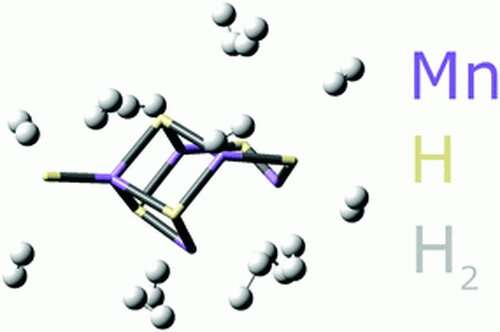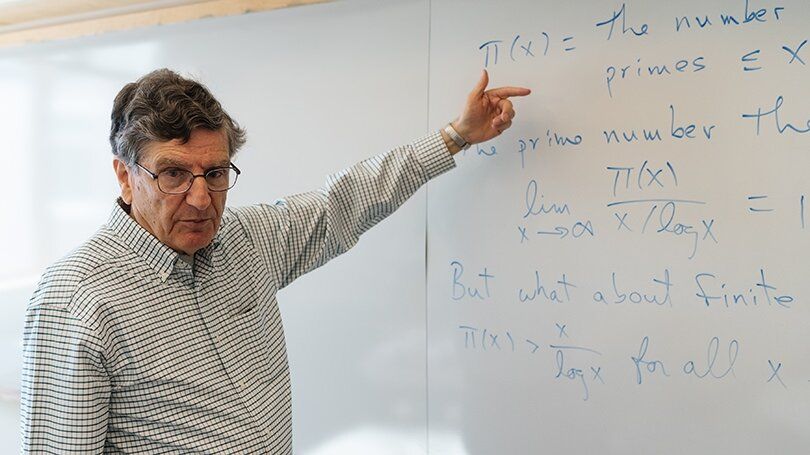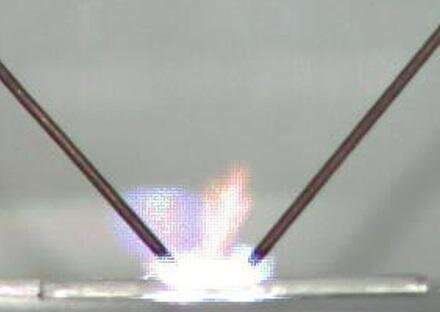May 17, 2019
AI-powered ‘knowledge engine’ a game-changer for antibiotic resistance
Posted by Quinn Sena in categories: biotech/medical, food, health, robotics/AI
https://youtube.com/watch?v=rozda1m1l1A
A groundbreaking project to tackle one of the world’s most pressing and complex health challenges—antimicrobial resistance (AMR)—has secured a $1 million boost. UTS will lead a consortium of 26 researchers from 14 organisations in the development of an AMR ‘knowledge engine’ capable of predicting outbreaks and informing interventions, supported by a grant from the Medical Research Future Fund.
“AMR is not a simple problem confined to health and hospital settings,” explains project Chief Investigator, UTS Professor of Infectious Disease Steven Djordjevic. “Our pets and livestock rely on many of these same medicines, so they find their way into the food chain and into the environment through animal faeces.”
Continue reading “AI-powered ‘knowledge engine’ a game-changer for antibiotic resistance” »

















